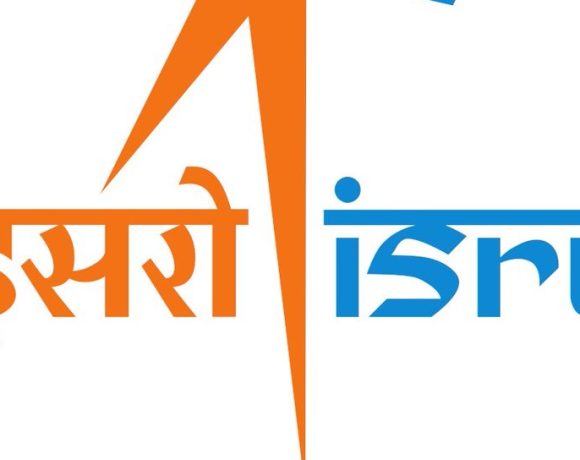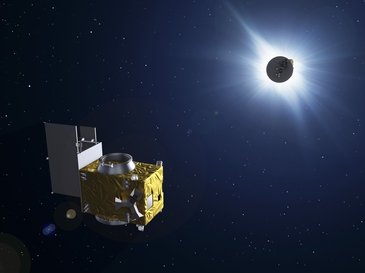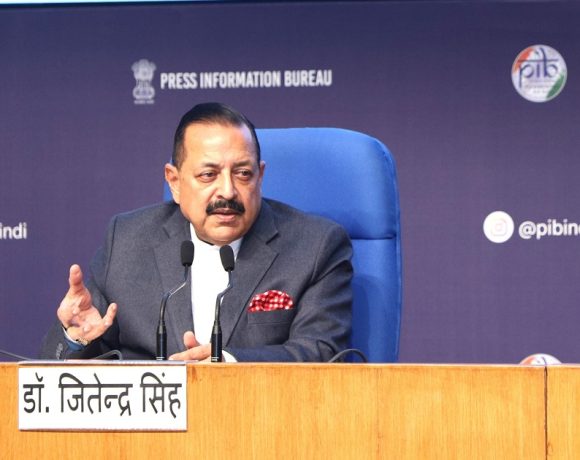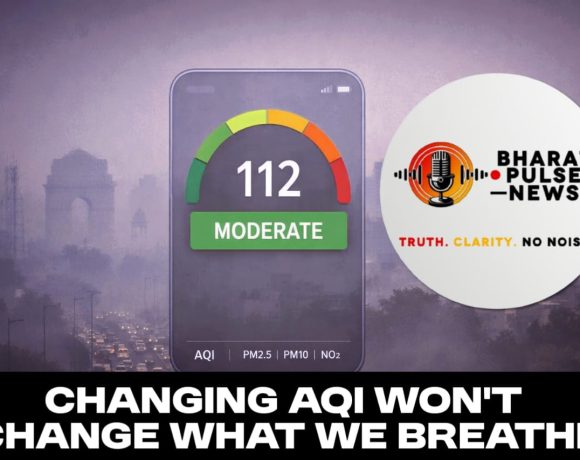
Chandrayaan-3’s Landing Site Estimated at 3.7 Billion Years Old
Indian scientists have determined that the ‘Shiv Shakti’ point, where Chandrayaan-3 successfully landed near the Moon’s South Pole in 2023, is approximately 3.7 billion years old. This finding provides significant insights into the Moon’s geological history and the early solar system.
Geological Mapping of ‘Shiv Shakti’ Point
A collaborative team from ISRO’s Electro Optics Systems Centre in Bengaluru, the Physical Research Laboratory in Ahmedabad, and Panjab University in Chandigarh conducted a detailed geological mapping of the landing site, located at 69.37°S, 32.32°E. Utilizing high-resolution remote sensing datasets, they identified three distinct terrain types within the area:
- High-Relief Rugged Terrain: Characterized by significant elevation variations and rough surface features.
- Smooth Plains: Areas with relatively flat and even surfaces.
- Low-Relief Smooth Plains: Regions with minimal elevation changes and smooth terrain.
The team employed crater size-frequency distribution analysis to estimate the ages of these geological units, concluding that they formed approximately 3.7 billion years ago.
Significance of the Findings
The estimated age of the ‘Shiv Shakti’ point aligns with a period in lunar history known as the Late Heavy Bombardment, a time when the Moon and other bodies in the solar system experienced frequent and intense asteroid impacts. This correlation suggests that the landing site has preserved geological features from this tumultuous era, offering a valuable window into the processes that shaped the early Moon.
Chandrayaan-3’s Contribution to Lunar Science
Launched in July 2023, Chandrayaan-3 marked India’s third lunar exploration mission and achieved a historic soft landing near the lunar South Pole on August 23, 2023. The mission’s lander, Vikram, and rover, Pragyan, have since been conducting scientific experiments to analyze the Moon’s surface composition, morphology, and seismic activity.
The discovery of the ancient age of the landing site enhances the scientific value of the mission, as studying such an old and well-preserved region can provide insights into the Moon’s early geological processes and the broader history of the solar system.
Future Research Directions
Building on these findings, scientists plan to conduct further analyses of the data collected by Chandrayaan-3’s instruments. Future research may focus on detailed compositional studies of the rocks and soils at the landing site, as well as comparisons with other regions of the Moon to develop a more comprehensive understanding of its geological history.
The success of Chandrayaan-3 and the subsequent discoveries underscore India’s growing capabilities in space exploration and its contributions to advancing our knowledge of planetary science.


















